Rudraksha, the seed of a fruit that grows on the species of trees known as Elaeocarpus Ganitrus with Elaeocarpus being the genus, are tropical and subtropical evergreen trees. The approximately 350 species are distributed from Madagascar in the west through India, Southeast Asia, Southern China, and Japan, through Australia to New Zealand, Fiji, and Hawaii in the east. The islands of Borneo and New Guinea have the greatest concentration of Rudraksha Tree species. These trees are well-known for their attractive, pearl-like fruit which are often colourful. A notable feature of the family is the drooping, often frilly, small clusters of flowers. About 35 varieties of this genus grow in the Indian subcontinent and surrounding areas.
Elaeocarpus Ganitrus Roxb
Elaeocarpus Ganitrus Roxb is the scientific name for the most popular species of Rudraksha tree. This species was named by Dr. William Roxburgh. Elaeocarpus is a combination of two Greek words, Elaei which means – Wild olive, Carpus – fruit. This variety matches to the given specifications as found in our Shastras which are thousands of years old. This popular species is mostly found in Nepal.
Elaeocarpus Ganitrus Roxb, growing up to 120 feet in height, is the specific variety of Elaeocarpus Ganitrus that is commonly known as Rudraksha. The best and biggest variety of Rudraksha comes from the Himalayan foothills of Nepal and the smallest variety of beads come from Indonesia. It is only the Elaeocarpus Ganitrus Roxb that has a natural hole and fits the description of the best quality of Rudraksha found in the scriptures – and that is the Rudraksha should be round, thorny, and should have a natural hole. Any Rudraksha that does not fit this description is called a Bhadraksha.
The Blue Marble Tree
The fruits of Rudraksha are green in colour and are nearly round in shape for the common varieties. It turns to blue and then dark brown with aging. With such deep blue (sometimes violet or purple) coloured fruits all over, the tree looks magnificent. It is often called the “The Blue Marble Tree”. The brilliant blue colour of the fruit is caused not by a blue pigment but by the structure of the cuticle, which reflects blue light; then pieces of skin are green in the transmitted light.

The blue colour is normally caused by anthocyanins, modified by their association with metals or other flavonoid pigments. The basis of the blue iridescence in rudraksha fruits also appears to be thin film interference. The blue colouration of the fruits is not reduced by immersion in water; if anything the intensity enhances. Colouration in fruits is generally regarded as an adaptation to promote dispersal by animals, particularly birds. The ripe rudraksha falls on the ground; the colour persists even after the cortex decays. While the iridescent blue colour is most striking in the fruits of rudraksha, the blue colour is prevalent in Eleocarpus throughout its distribution. In classical cultures of the world, the medicinal and sacred value of plants is frequently associated with the remarkable appearance of the plant. It is tempting to speculate that the spiritual significance of rudraksha fruits is associated with the striking blue colour. As lord Shiva is blue-throated (Neelkanth), it will be an interesting study to compare properties with other (especially its medicinal values)with other fruits having identical color.
How to grow and maintain a Rudraksha plant
The Rudraksha plant is a manageable and easy-to-grow plant that can be propagated through seeds or stem cuttings. Here’s how to grow and maintain the Rudraksha plant:
Growing from Seeds:
To grow Rudraksha from seeds, break the seed into two and plant it at a depth of 7-10 inches in well-draining soil enriched with organic matter. Water the young plant every time the topmost layer of the soil feels dry to the touch until the plant reaches a height of about 8-10 feet. For outdoor growing, ensure a ground space of 30×30 sq ft, while for pots, use at least a 15-18 inch deep and 7-10 inch wide container with good drainage. Terracotta pots are recommended.

Growing from Stem Cuttings:
If growing from stem cuttings, transplant a well-grown Rudraksha plant from a nursery or garden center to a location that receives 5-6 hours of sunlight every day. Nourish the soil with organic matter before planting.
Maintenance:
The Rudraksha plant is lenient when it comes to soil and can grow in a blend of garden soil, coco peat, and perlite. Use balanced liquid fertilizer diluted to half its strength every 6-8 weeks to speed up growth until the plant reaches 5-6 feet. Alternatively, use cow dung fertilizer regularly for organic nourishment. Avoid using liquid fertilizer in winter. Prune to encourage newer branches and increased fruit production.

Uses and Benefits:
The Rudraksha plant has several medicinal and spiritual benefits apart from being a significant plant in Hindu mythology. Its leaves are known for their antibacterial and anti-inflammatory properties and are used to treat wounds and conditions like epilepsy, migraines, and headaches. The Rudraksha tree is also widely used as a landscape tree for ornamental purposes, adding to the aesthetic appeal of gardens and parks.
Rudraksha from different species
Elaeocarpus Tuberculatus
The original Ek Mukhi that is naturally available is the Half-moon or cashew nut shaped from the South of India (Elaeocarpus Tuberculatus). The half-moon-shaped (Chandrakar) beads are an alternative for the Nepal variety. The other variety that is available is from Indonesia (Java). Rudralife suggests people go for the Chandrakar shape only as these have shown good results as per customer experiences.
Different species of Bhadraksha
Bhadraksha beads are derived from various tree species, such as Koenigii, Goodeniaceae, Scaevola Fruitescens, Lanceaefolius, and Sikkimensis. These seeds are flat, lightweight, and less spiny than other varieties, and they do not have a natural hole. Although not as popular as Rudraksha beads, they are sometimes used for Japa and are mentioned in certain scriptures. Bhadraksha beads are mostly available as two mukhi, with a few three mukhi beads also found. In some cases, the South Indian One Mukhi and the flat two Mukhi, known as chapta, are also referred to as Bhadraksha. The half-moon shape beads or cashew nut shaped from the South of India (Elaeocarpus Tuberculatus) are an alternative for the Nepal one Mukhi variety. It comes in the category of Bhadraksha but It is a good substitute.
Why Wear Rudraksha?
Rudraksha beads are believed to possess mystical powers and curative properties that can aid in healing various ailments and resolving psychological issues related to emotions and fear. However, despite these claims, the use of Rudraksha beads has not gained widespread acceptance. Anyone can wear these Rudraksha beads, regardless of their age, culture, gender, or location, as it is a matter of individual faith and willingness.
How to get genuine Rudraksha beads
Obtaining authentic Rudraksha from a reliable source is of utmost importance. Rudralife is a pioneer in providing high-quality, lab-tested Rudraksha beads from Nepal, with a mission to uplift humanity. All Rudraksha beads offered by Rudralife undergo rigorous testing at their ISO Certified laboratory. These tests include x-ray studies and other assessments to ensure the purity, authenticity, and inner power of the beads, ensuring their effectiveness. Rudralife strives to provide only genuine beads to its customers.









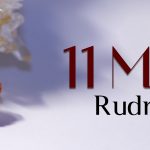


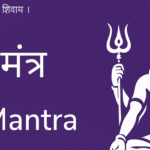


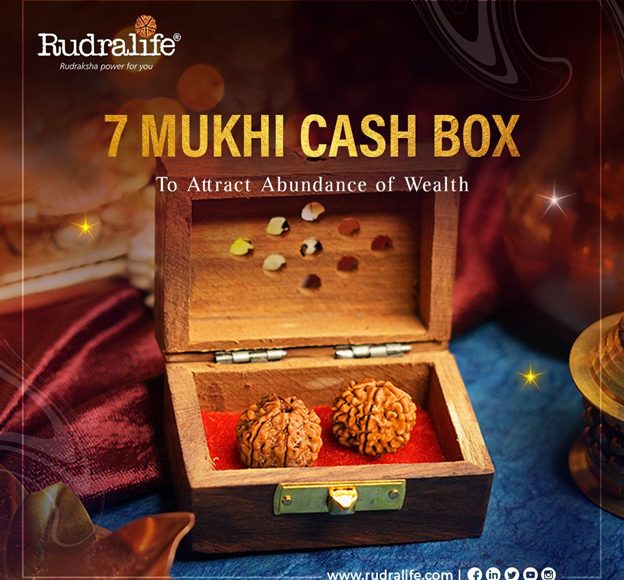
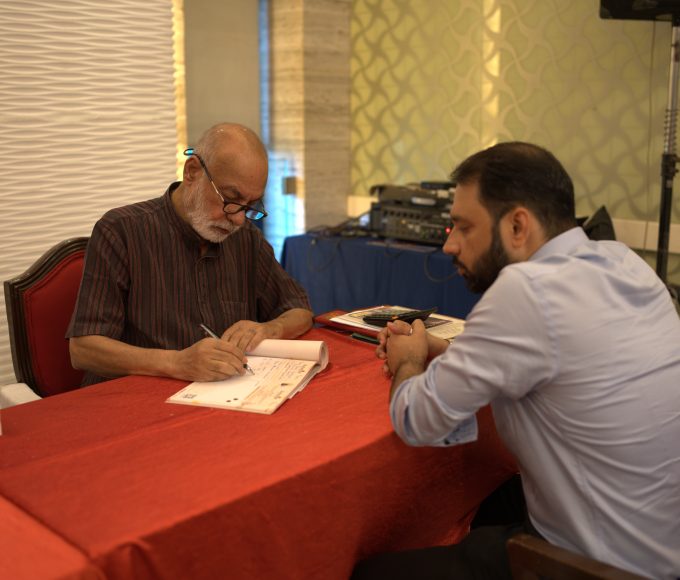
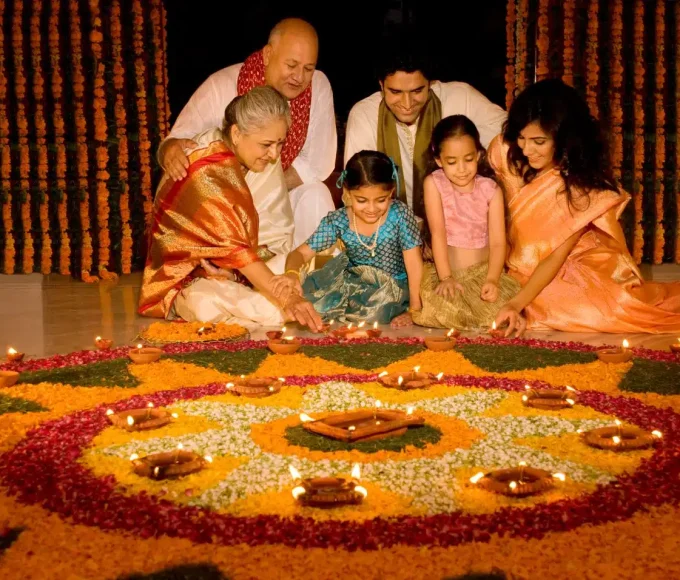
Leave a comment